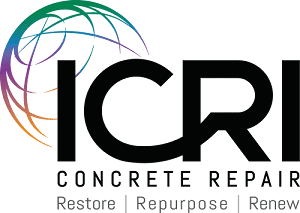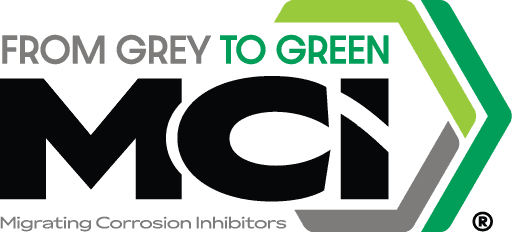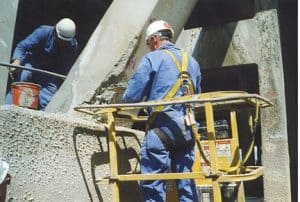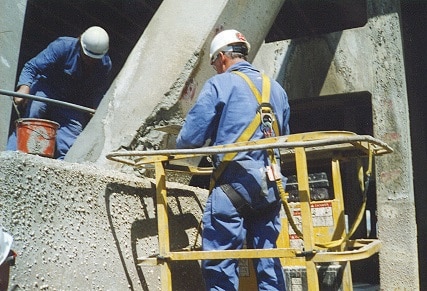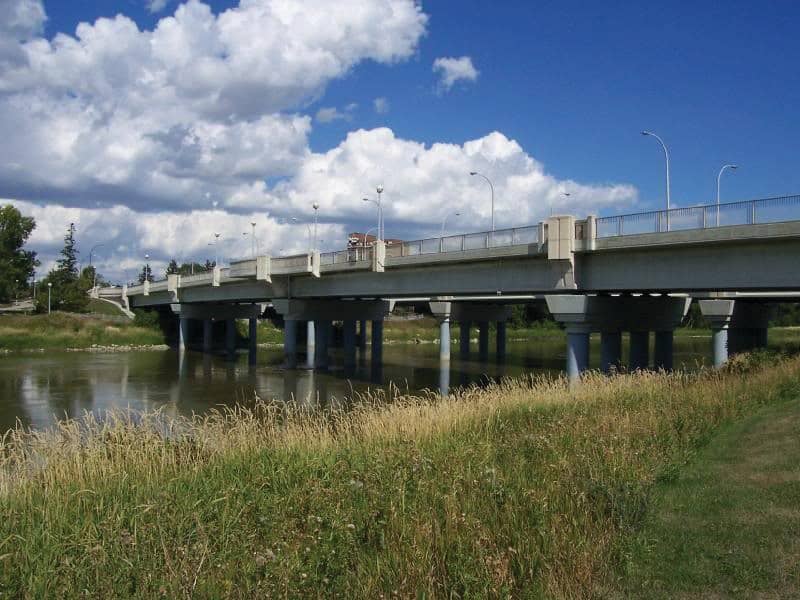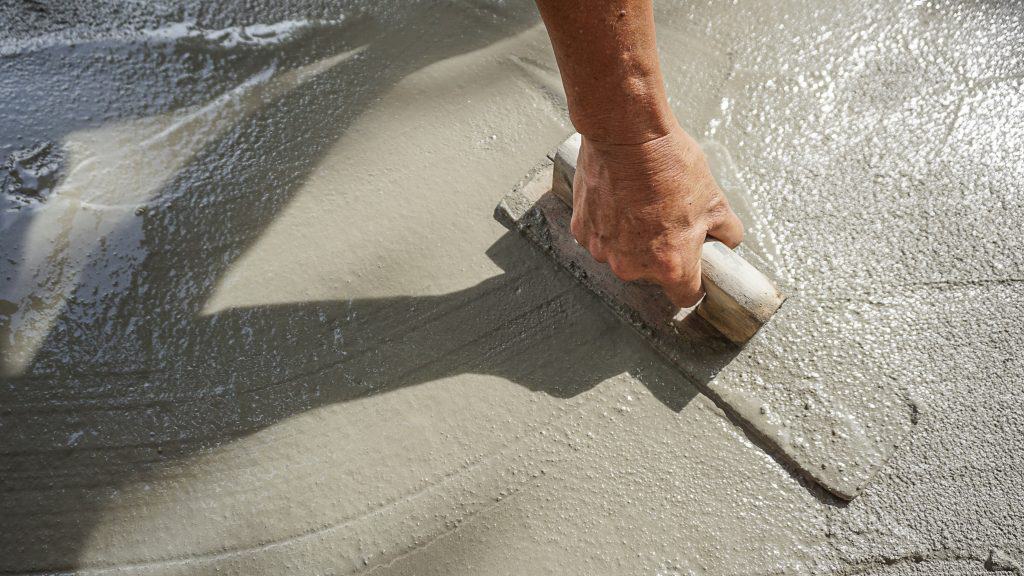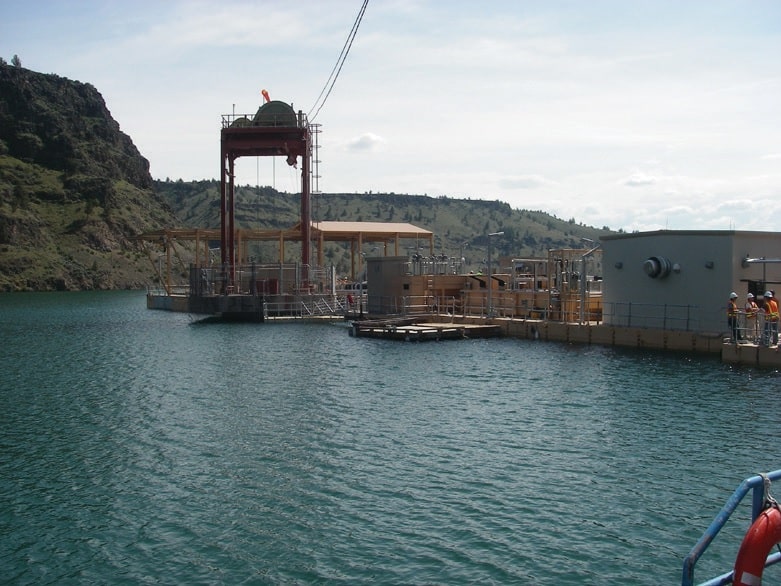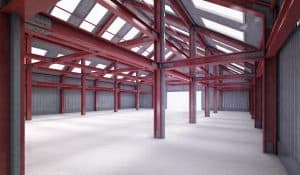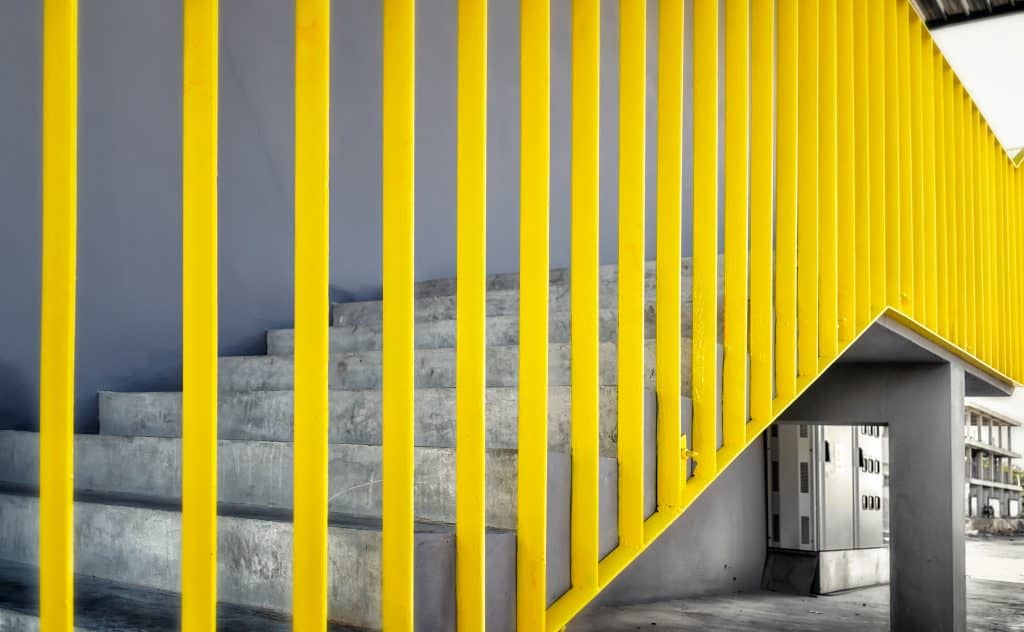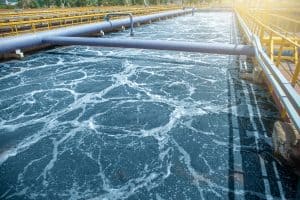

Wastewater treatment environments are one of the most corrosive industrial settings around. Constant exposure to moisture, harsh chemicals, and corrosive gases such as H2S pose an ongoing threat to facility components, equipment, and structures. With today’s increasing reliance on technology, electronics protection is especially critical. Recent experience has shown that the strategic use of simple Cortec® VpCI® Technologies can have a huge direct cost savings with many peripheral benefits.
Protect Wastewater Treatment Electronics
While corrosion of wastewater plant electronics is one of the most obvious problems, it is also one of the easiest to prevent. An excellent example comes from a wastewater treatment operation in the upper Midwest (U.S.) that was experiencing one to two HMI (human machine interface) failures every six months. The HMIs were used to control pump stations throughout the city and cost $15,000-$40,000 to replace, plus the indirect costs of downtime and repair.
Cortec’s representative easily fixed the problem with VpCI® Technology and Corrosorber®. VpCI®-111 Emitters placed inside the control boxes conditioned the enclosed atmosphere with Vapor phase Corrosion Inhibitors while Corrosorber® cups absorbed excess hydrogen sulfide gas. ElectriCorr™ VpCI®-239 provided another layer of corrosion protection. The plan included regular inspection and yearly reapplication, as needed.
In just one year, the city wastewater department saved an estimated tens of thousands of dollars at a tiny fraction of HMI replacement cost by avoiding any HMI failures. A similar solution had been previously used at another wastewater treatment operation for at least ten years. The result was a significant decrease in electronic and electrical failures in deep pumping stations, despite the corrosive atmosphere.
Protect Wastewater Treatment Structures
The corrosive environment also takes a toll on treatment plant structural elements such as railings, walkways, and tanks. While prevention is ideal, existing structures may already have rusty surfaces that need to be addressed before further anticorrosion coatings are applied. A much easier solution than sandblasting is to passivate the rust with CorrVerter® Rust Primer. CorrVerter® uses chelating agents and a high solids waterborne latex to convert the rust into a hydrophobic passive later and protect it against further rusting. This lays a good foundation for applying heavy duty anticorrosion primer/topcoat combinations such as VpCI®-395 or VpCI®-396 with VpCI®-384.
Reinforced concrete structures can also be protected from corrosion with MCI®, which delays time to rebar corrosion and reduces corrosion rates once started. The best way to extend concrete service life is by applying MCI® admixtures to the concrete structures when first poured. However, since many wastewater treatment plants already exist, it is more likely that concrete tanks, walkways, and various concrete structural elements will be candidates for MCI® surface applied corrosion inhibitor (SACI) application. Enhancing concrete longevity in this way will have a huge benefit simply by reducing the need for concrete repairs and the extensive downtime required for work to be done.
A Little Goes a Long Way
Corrosion issues will always be present in wastewater treatment plants. The good news is that basic precautions to prevent or reduce wastewater treatment plant corrosion can go a long way toward longer service life and fewer costly repairs and replacements. Contact Cortec® to discuss specific VpCI® solutions for your facility: https://www.cortecvci.com/contact-us/
Cortec® also supplies biological solutions to promote efficiency and restore balance in wastewater treatment processes through its subsidiary Bionetix® International. Learn more at:
https://www.bionetix-international.com/waste-treatment/.
Keywords: prevent corrosion, wastewater treatment plant corrosion, electronic failures, concrete repairs, anticorrosion coatings, corrosion issues in wastewater treatment plants, surface applied corrosion inhibitors, SACI, Cortec, VpCI
Need a High-Resolution Photo? Visit: www.cortecadvertising.com
Cortec® Corporation is the global leader in innovative, environmentally responsible VpCI® and MCI® corrosion control technologies for Packaging, Metalworking, Construction, Electronics, Water Treatment, Oil & Gas, and other industries. Our relentless dedication to sustainability, quality, service, and support is unmatched in the industry. Headquartered in St. Paul, Minnesota, Cortec® manufactures over 400 products distributed worldwide. ISO 9001, ISO 14001:2004, & ISO 17025 Certified. Cortec Website: http://www.cortecvci.com Phone: 1-800-426-7832 FAX: (651) 429-1122
For a PDF version please click here.
